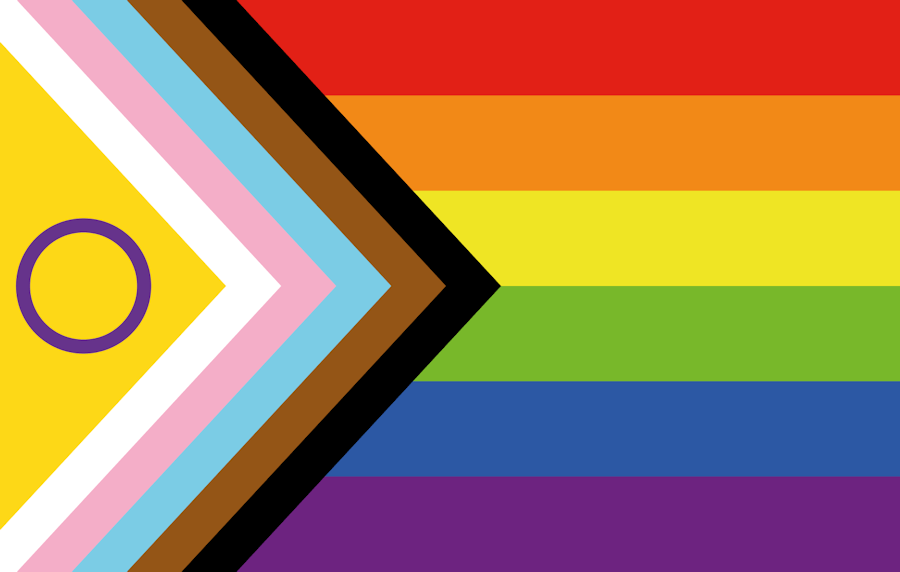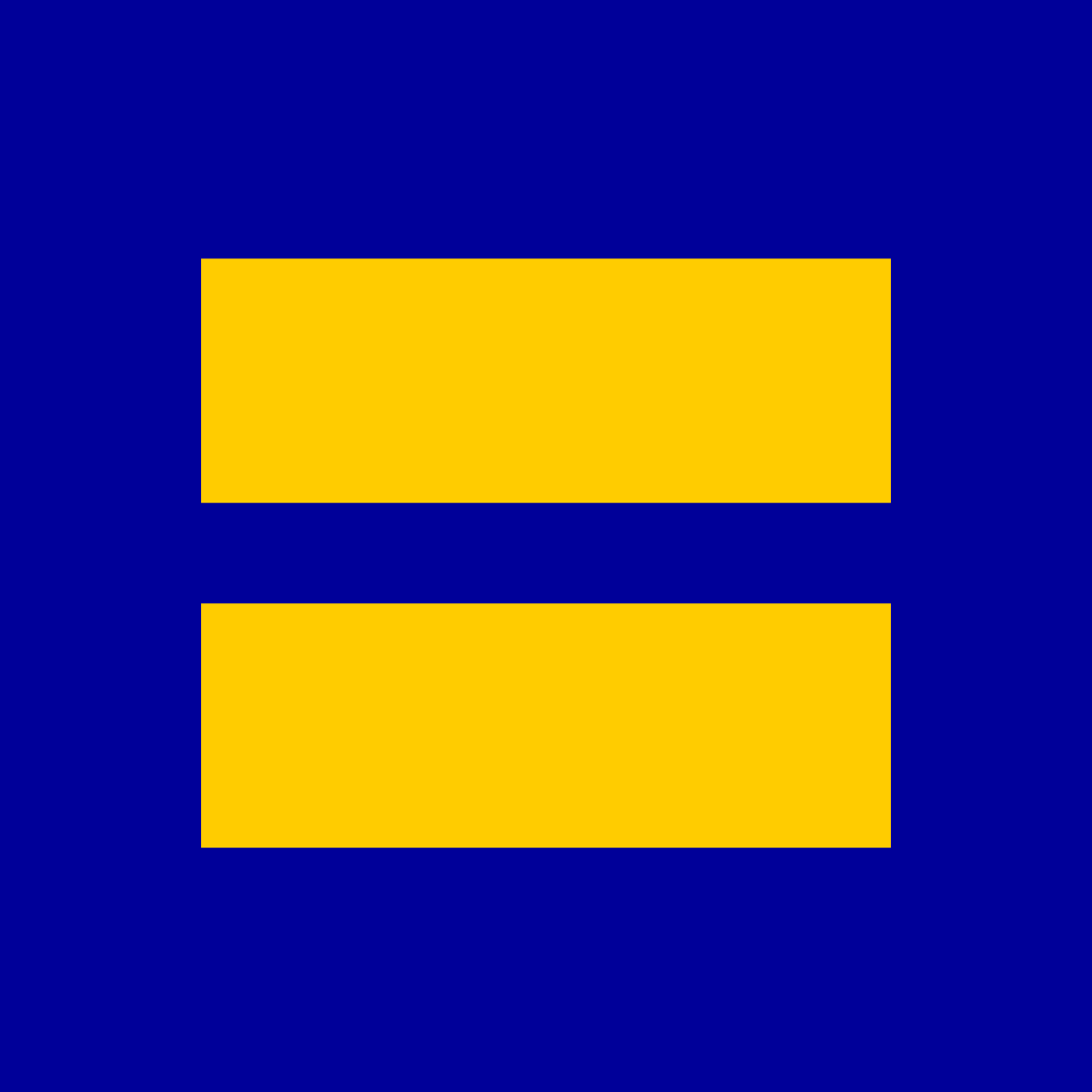Fatphobia is probably something you’ve heard about but didn’t have a name for.
Fatphobia is probably something you’ve heard about but didn’t have a name for.
Written by Meagan Mullen, Clinician and Community Outreach Specialist
It is no secret that our society can be judgmental, competitive, and appearance-obsessed. So it’s no surprise that people in bigger bodies can be treated poorly. Most people are probably aware of the fact that being in a bigger body comes with a certain stigma, and having negative attitudes or thoughts about these people is called fatphobia. Similarly, weight stigma is stereotyping people based on their weight.
These types of thoughts and beliefs can often lead to chronic dieting, disordered eating, or full blown eating disorders!
There have been plenty of articles (here and here) that highlight the dangers of fatphobia (and weight stigma!) and showcase how present it is in our society, but what do we do to work against this type of discrimination and unhealthy belief?
There are a few steps we can take to address this issue, and they might be easier to achieve than you think.
1. Recognize your own bias.
Just like with any type of discrimination or unfair treatment, it’s important to be aware of our own biases. It can be hard to live in a society with such apparent judgments on appearance and not catch ourselves slipping up. In a way, we’ve been taught to think certain things that we hear from others, from the media, or even from parents, friends, and family. That being said, acknowledging our own biases is the first step in changing our thought patterns and beliefs.
2. Challenge fatphobic thoughts you have or words you use.

When you catch yourself saying things that might have a negative connotation in relation to someone’s weight or size, STOP! Be patient and kind to yourself as you work against these beliefs that have been ingrained in so many of us. Try using language that is more neutral like “bigger-bodied,” or just drop the body descriptors all together!
3. Read up/learn more about Health At Every Size® (HAES) or body positive movements.
Research and engage with communities/resources online or in person to learn more about how toxic diet culture is! Not only will this information help to challenge some of your own biases, it will also provide you with the necessary language and information to educate/share with others.
4. Set boundaries with others in regards to their language.
If you hear someone else making comments that are fatphobic or degrading about someone’s weight or size, speak up! You can always try to educate others about the Health At Every Size® (HAES) movement, or you can simply tell people that commenting on appearance isn’t appropriate and can lead to negative body image and disordered eating. You can also talk with a trusted friend, adult, family member, or therapist to strategize ways to set these boundaries. My personal favorite: reminding people that there are more interesting things to talk about than someone’s body, diet, exercise, etc.
5. Advocate for and work towards body acceptance.
This is a lifelong goal! So many people are affected by negative body image, chronic dieting, and eating disorders. Helping others realize that a lot of what we’ve been taught about weight and size is false can continue the growth of body positivity.
While no single person can change the world alone, there are plenty of likeminded individuals who see the harm that fatphobia does. Working on these small steps in your own life can begin to change your thought patterns, beliefs, and might even improve your own body image!





